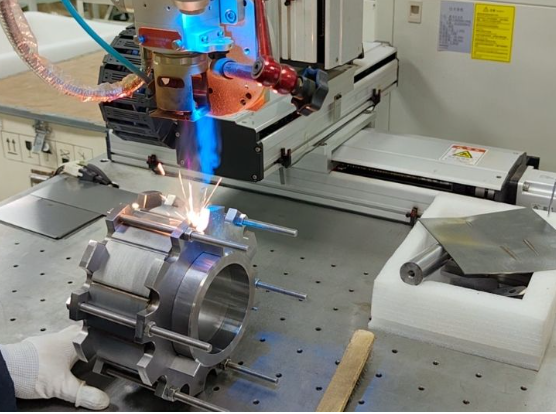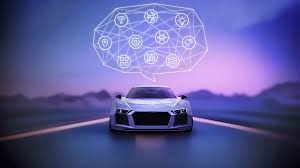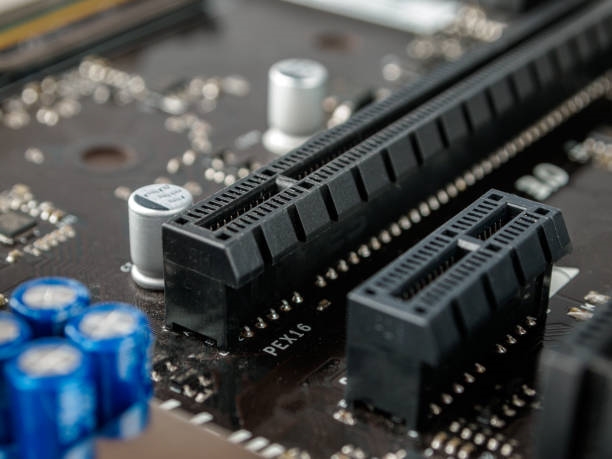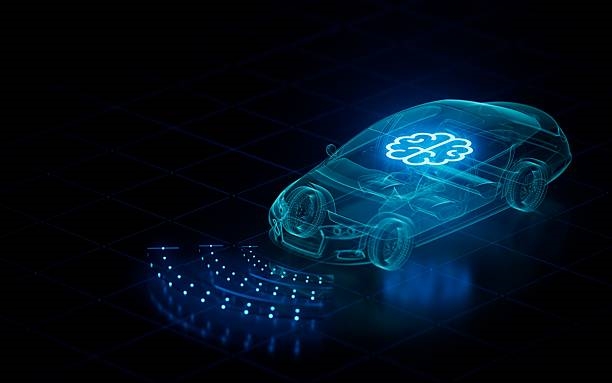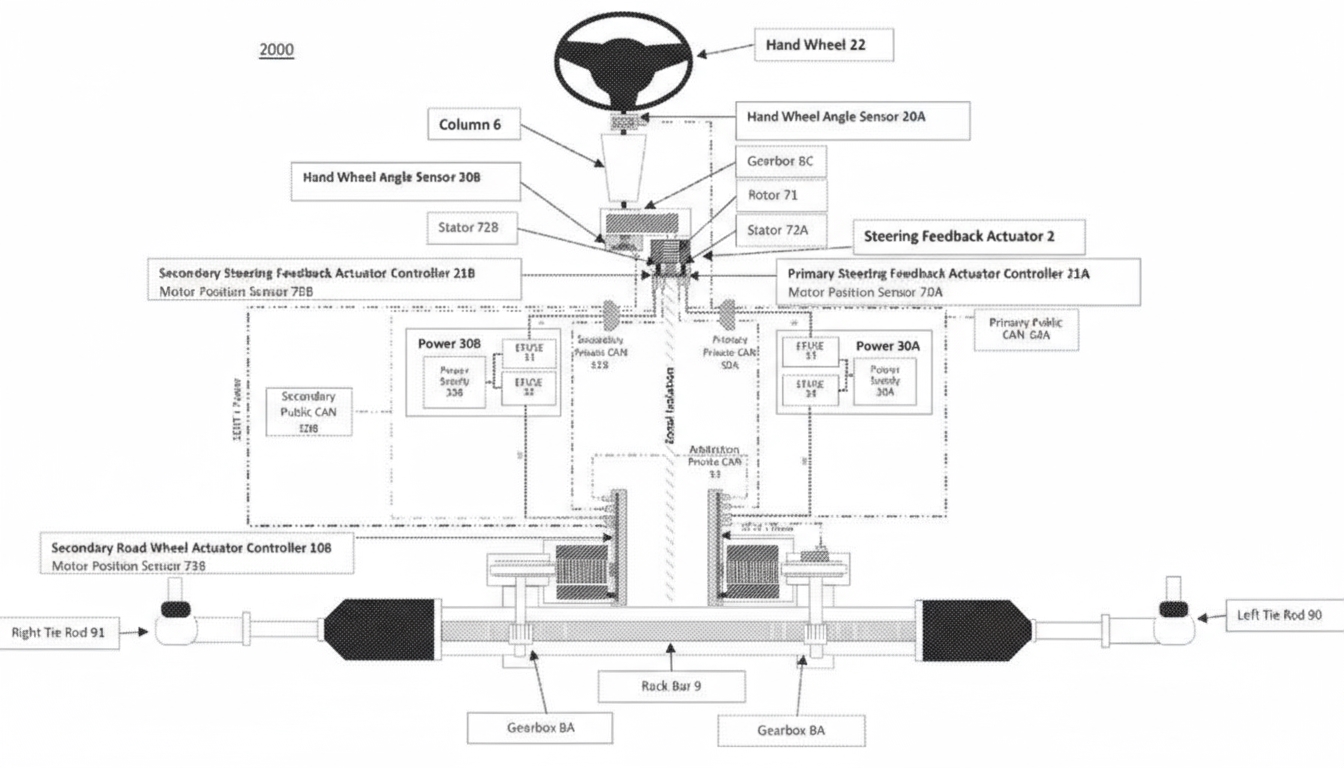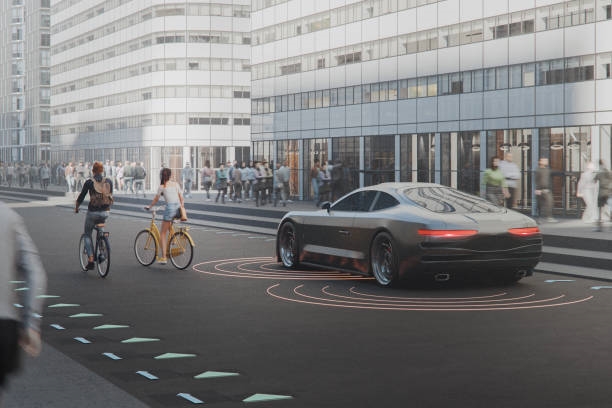Background: evolving automotive demands
Similar to Maslow's hierarchy of needs - physiological, safety, social, esteem, and self-actualization - drivers' demands for vehicle performance have evolved over time. Early expectations prioritized reliability and durability: vehicles needed to run without breaking down. As a result, many early chassis used heavy leaf springs and robust ladder frames, similar to truck chassis, emphasizing strength, reliability, easy maintenance, and simple manufacturing.
Once reliability was addressed, safety became a priority. Technologies such as disc brakes, hydraulic power brakes, seat belts, airbags, and anti-lock braking systems (ABS) appeared. Later, comfort demands led to independent suspension, front-engine front-wheel drive layouts, four-wheel drive, unibody construction, hydraulic power steering, automatic transmissions, vehicle air conditioning, radios, and power windows. With the rise of electronics and information technology, higher-level demands for esteem and self-fulfillment delivered features like electronic stability program, electronically controlled air suspension, electromagnetic suspension, speed-sensitive power steering, four-wheel steering, adaptive cruise control, lane-keeping systems, parking assist, and skateboard chassis designs. These chassis technologies have become increasingly electronic and intelligent.
Widely used transmissions
1. Tiptronic (manual-automatic transmission)
During development of the 964-series 911, Porsche based performance upgrades on an automatic transmission supplied by ZF, aiming to balance comfort and sportiness. Porsche innovated on the electronic control unit algorithms to add a manual-control function that allows the driver to directly command gear changes via the shift lever, creating a manual mode. This system, named Tiptronic, was introduced on the Porsche 911 in 1991.
In addition to automatic shifting, Tiptronic's manual mode uses a forward "push" on the shift lever to upshift and a backward "pull" to downshift, provided engine speed stays within allowable limits. Manual mode enhances driving engagement. If the driver fails to upshift, the Tiptronic transmission will automatically upshift when the engine reaches the current gear's maximum safe speed. Similarly, if a downshift is required but not performed manually, the transmission will downshift at the appropriate time.
2. Dual-clutch transmission (Volkswagen DSG)
In 1940, Rudolf Frank filed a patent for the double-clutch transmission. The concept was trialed on trucks but did not enter mass production at that time. During the 1970s oil crisis, Germany ran the "Vehicle 2000" program to encourage automotive innovation. Porsche saw potential in the double-clutch concept and developed the Porsche Doppel Kupplungen (PDK) transmission.
PDK was successfully tested on a Porsche 924 in 1981 and on a Porsche 956 at the Nürburgring in 1984, but Porsche did not initially introduce PDK into road cars. Audi applied double-clutch technology to the Audi Sport quattro S1 rally car in 1985. In the 1990s, Volkswagen and BorgWarner developed a mass-market dual-clutch transmission called the Direct Shift Gearbox (DSG).
The first production car with DSG appeared in 2002 on the Golf R32; the Audi TT with a dual-clutch transmission also debuted that year. This marked the first widely deployed dual-clutch transmission. Porsche later adopted PDK in the 2008 mid-cycle update of the 997-generation 911.
Dual-clutch transmissions evolved from manual gearboxes: their internal gear architecture and principles resemble a manual transmission but include an additional clutch, hence "dual-clutch." Conceptually, a DCT integrates two manual gearboxes and alternates power transfer between them under electronic control. The two clutches manage odd and even gear sets respectively. While one clutch drives the vehicle in a selected gear, the other clutch preselects the next gear. When shifting, the system engages the alternate clutch, enabling direct gear changes without operating a clutch pedal. Since shifting is effectively swapping clutches, shift times are shorter.
3. Automated manual transmission (Ferrari AMT)
Ferrari's F1 cars used automated clutch systems in 1986, and later AMT systems appeared on various Fiat passenger cars and on Iveco light commercial vehicles.
An automated manual transmission adds an automated shifting mechanism to a standard manual gearbox. It carries out clutch engagement/disengagement and gear changes on behalf of the driver. The gearbox structure is similar to a manual transmission, but an electronic control unit gathers driver inputs and vehicle data to command electro-hydraulic actuators that operate the clutch and shift forks, enabling automatic gear changes.
4. 7-speed manual transmission (Porsche)
In 2011, Porsche introduced the first production 7-speed manual transmission on the seventh-generation 911. The gearbox provided new shift characteristics and was conceptually derived from Porsche's 7-speed dual-clutch PDK. The vehicle reaches top speed in sixth gear, while the seventh gear's tall ratio helps conserve fuel by allowing high-speed cruising at lower engine rpm.
Because the 7-speed manual was developed using modules from the PDK architecture, many components and characteristics are shared with the dual-clutch design. Consequently, the gear positions differ from a conventional "H" pattern. Porsche developed a modified shift actuator to adapt a traditional H-pattern to the PDK-based gear layout and included a mechanism to prevent incorrect engagement. For example, seventh gear can be selected directly only from fifth or sixth gear.
 ALLPCB
ALLPCB



